These endearing snapshots capture the carefree spirit of roller-skating girls, showcasing their charm, elegance, and boundless joy. Rediscover the simple pleasures and timeless appeal of these young skaters from days gone by.
The inception of roller skating traces back further than one might imagine, dating back to the 18th century.
The early designs, however, differed significantly from the sleek and modern skates we recognize today.
These skates were used in theater and musical performances, possibly to simulate ice skating onstage.
Early roller skating was done in a straight line because turning or curving was very difficult with the primitive skate designs of the time.
Limited to an occasional performance prop at the time, roller skating would not see widespread use until the 1840s.
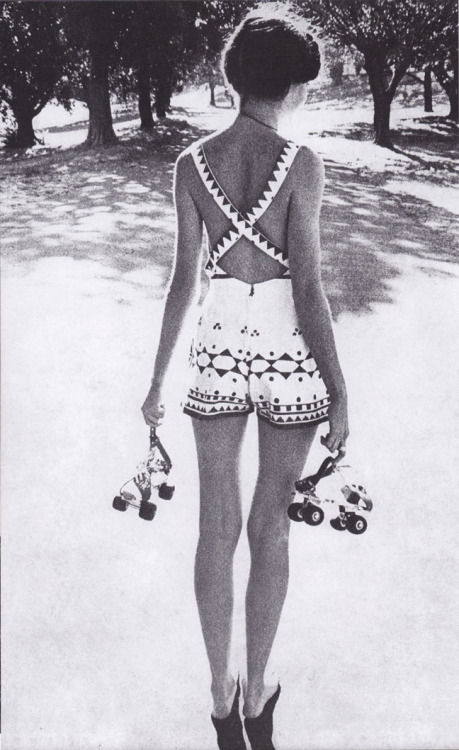
Waitresses in an 1840s beer hall in Berlin used roller skates to serve customers. Ballet and opera of the late 1840s, such as Le prophète, featured roller skating.
This helped to make roller skating popular for the first time, in 1850s Europe. Technological improvements improved on the design as well, such as rubber wheels in 1859 and four-wheeled turning skates in 1863.
The popularity of roller skating has fluctuated greatly since then; it is typically called a “craze” at its high points.
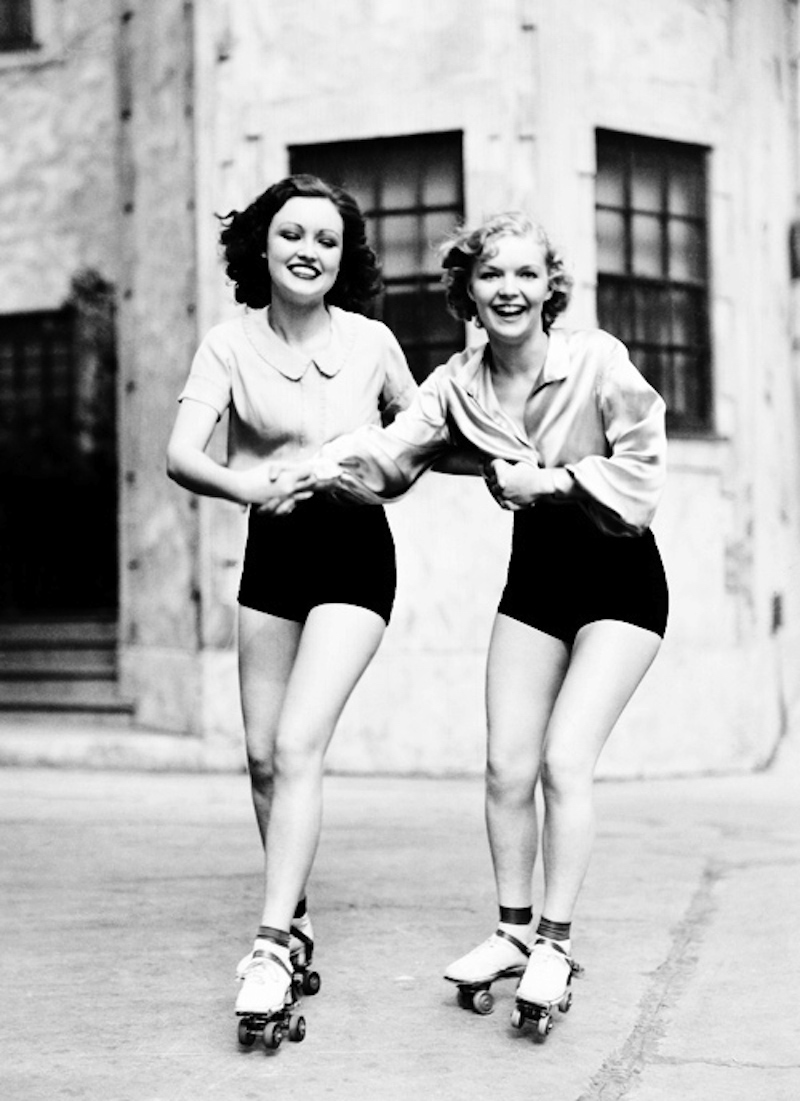
Roller skating, ca. 1930s.
Roller skating boomed in popularity from 1880 to 1910; roller skates were mass produced and skating in rinks became popular with the general public in Europe, North and South America, and Australia.
Specialized types of roller skating appeared in this period, such as figure skating and speed skating.
After a decline in popularity, roller skating became widespread again in the 1930s to the 1950s. This era is known as the Golden Age of Roller Skating.
Many skating rinks offering electric organ music were built throughout the United States in this period.
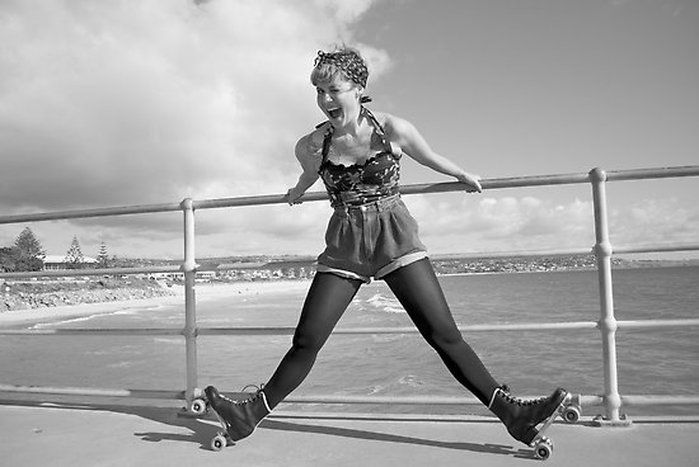
Rockabilly roller girl posing.
In the 1970s, roller disco became widespread. This style of skating originated with disco music predominantly among Black and gay skaters.
During the late 1980s and the 1990s, outdoor and indoor inline skating (with “rollerblades”) became popular.
In recent decades, roller skating has experienced a renaissance, fueled by a fusion of retro appreciation and contemporary innovation.
Street roller skating, artistic roller skating, and roller derby have surged in popularity, showcasing the sport’s adaptability and enduring allure.
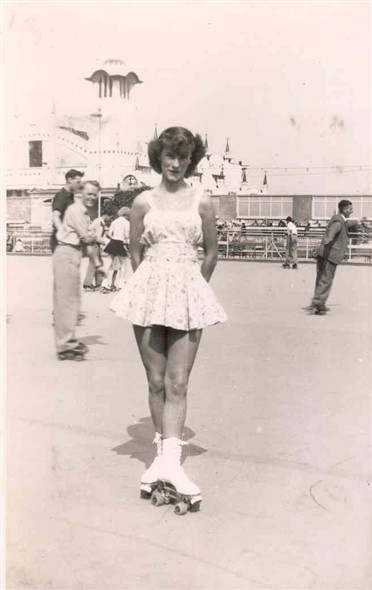
Wendy Parker skating at Wellington Pier, ca. 1950.
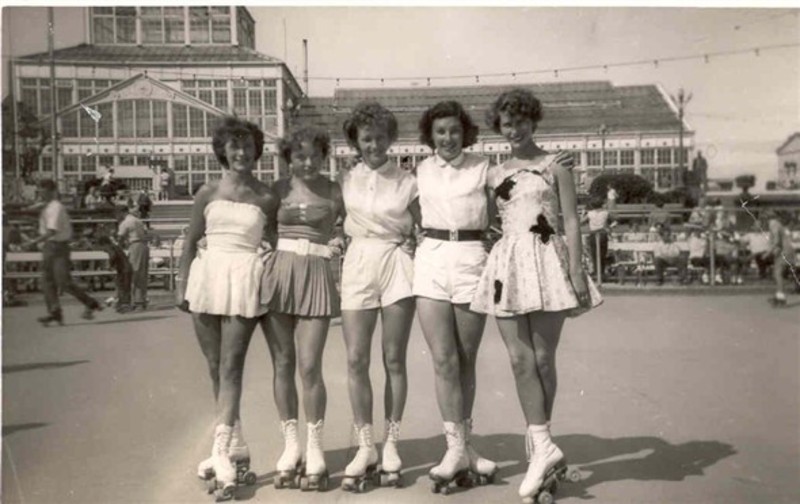
Members of the Great Yarmouth roller skating club at Wellington Pier, ca. 1950.
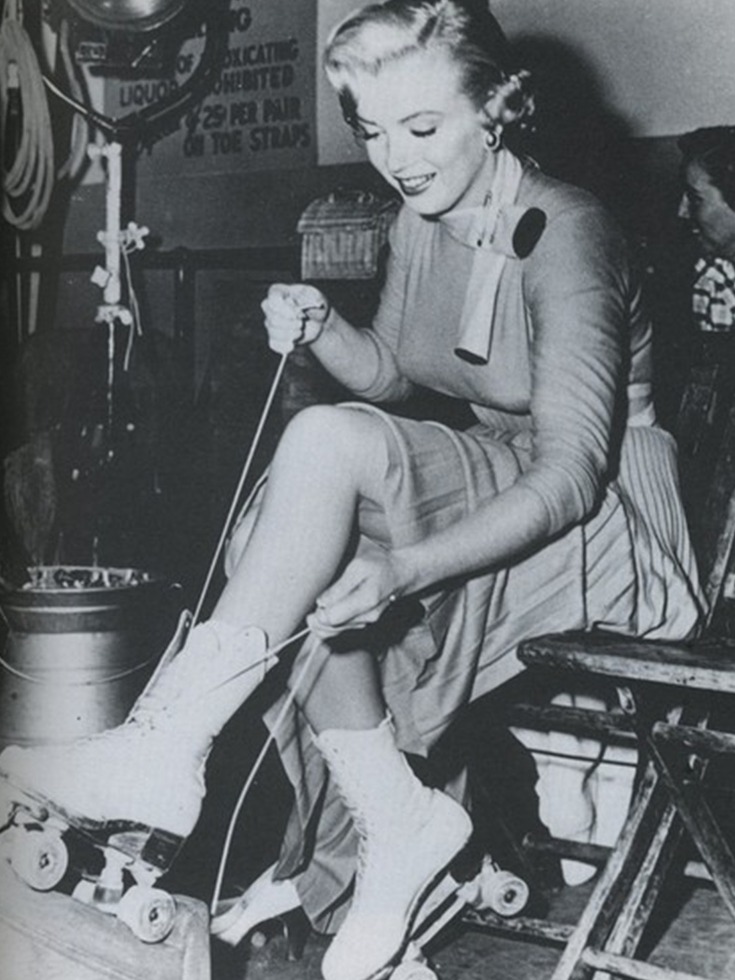
Marilyn Monroe roller skating in 1952.
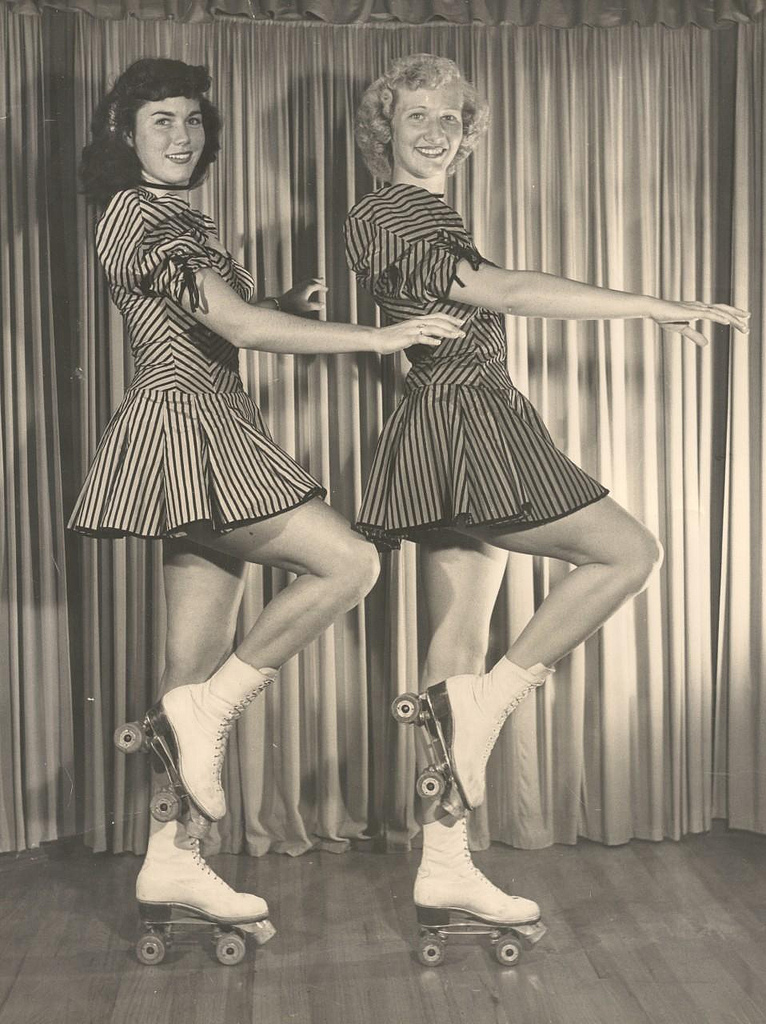
Roller skating girls, ca. 1950s.
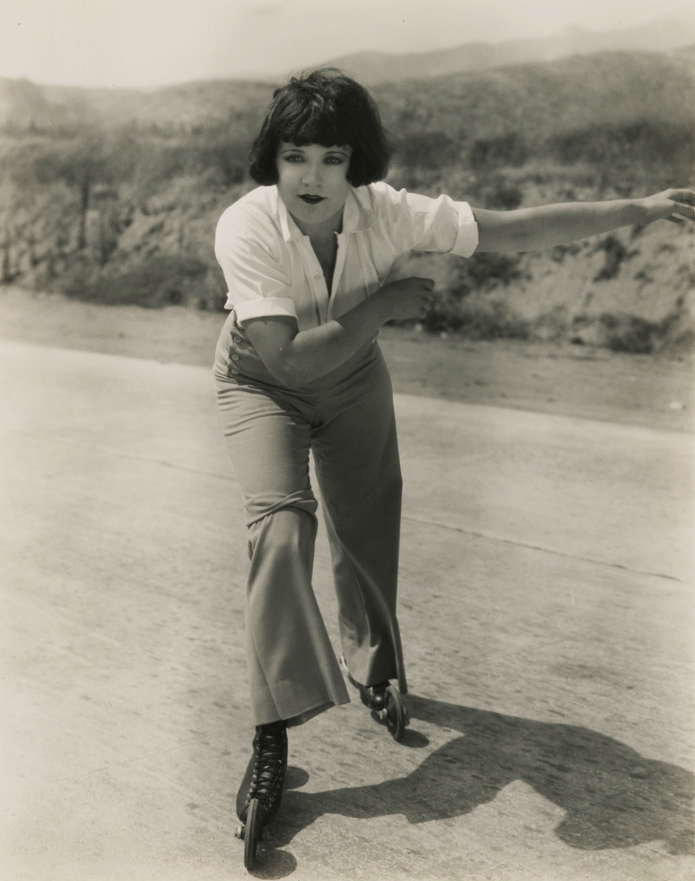
Marie Prevost on roller skates.
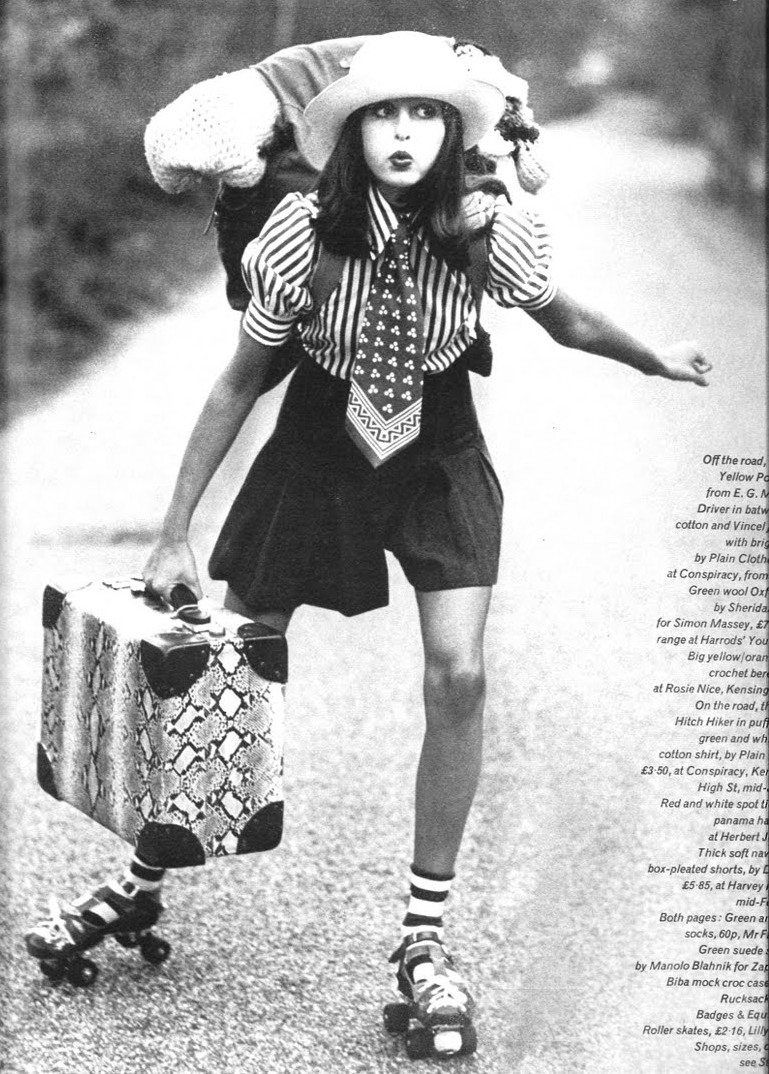
A gorgeous Vogue card featuring a photograph of a girl skating with her luggage. Photography by Jean-Francois Jonvelle, 1972.
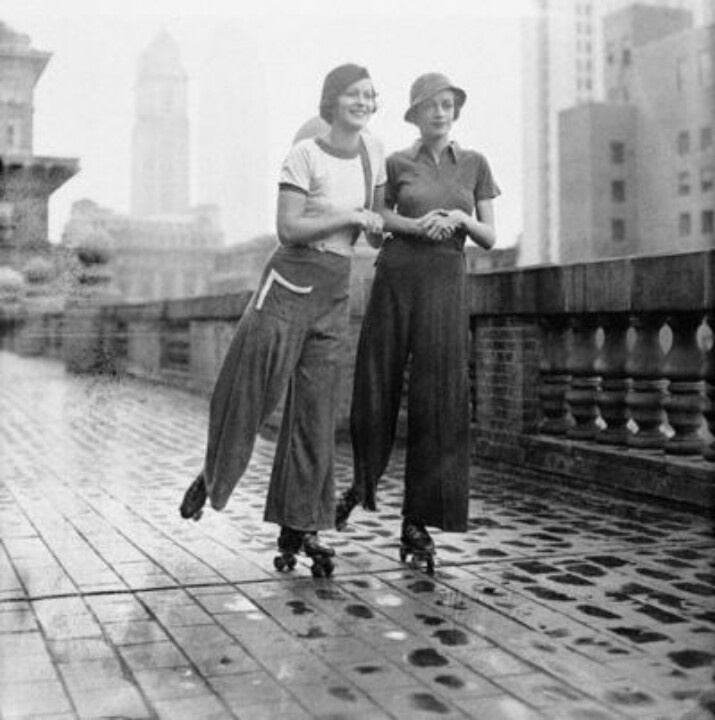
Roller skating in Manhattan, 1933.
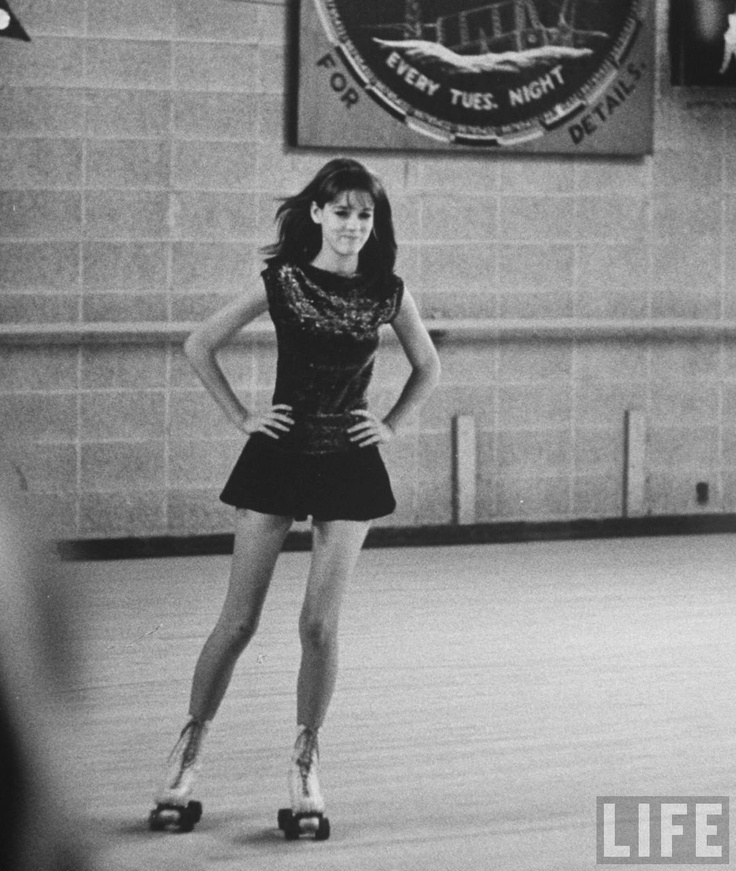
Roller skating girl, 1966.
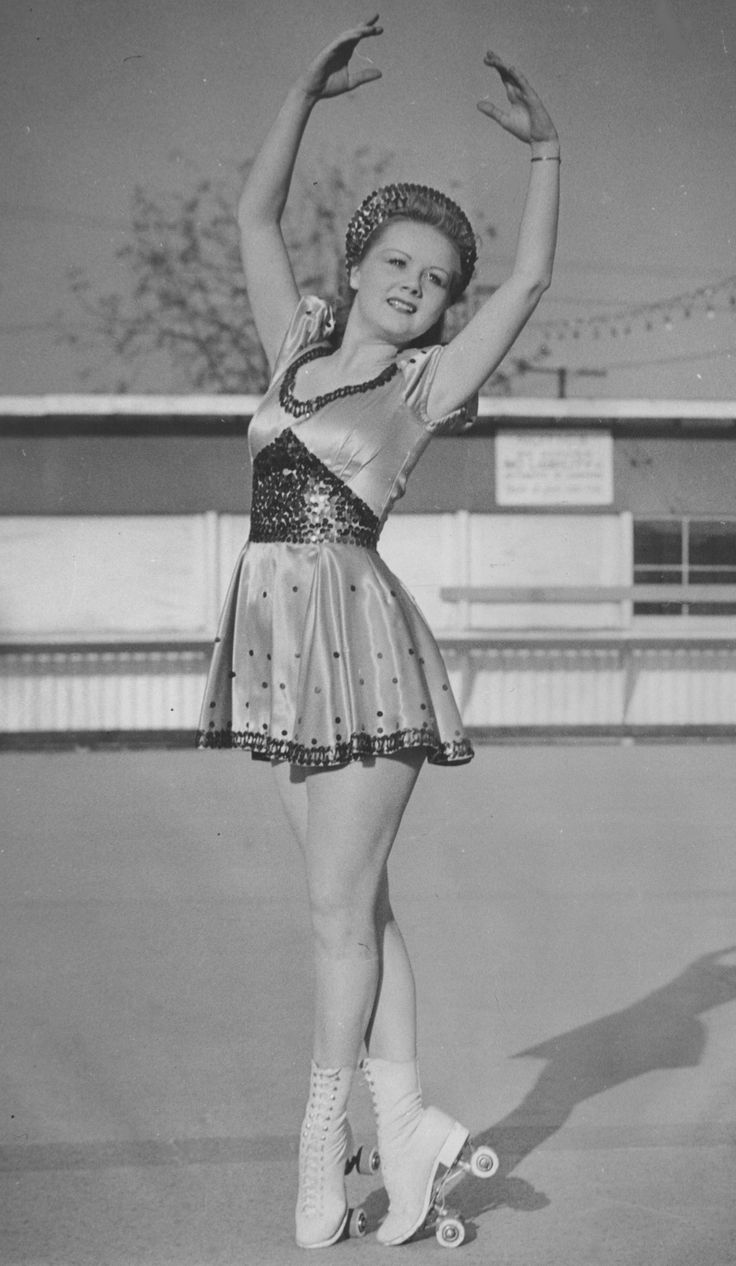
Gloria Nord, headliner of the Skating Vanities skating show of the 1940s.
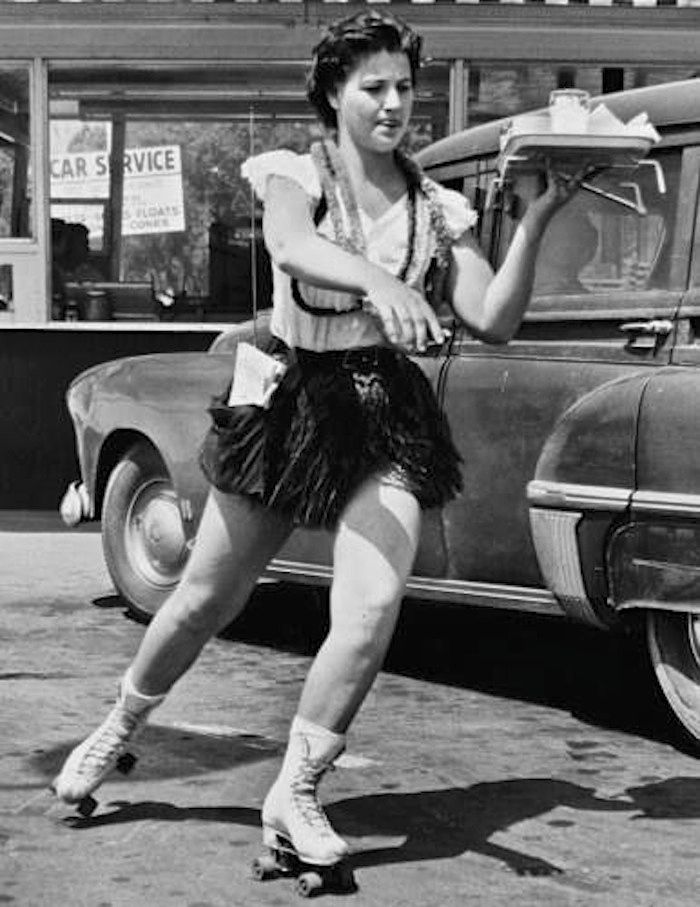
A waitress on roller skates skillfully delivers a tray full of food to hungry customers in the 1940s.

Pin-up roller girl, ca. 1950s.
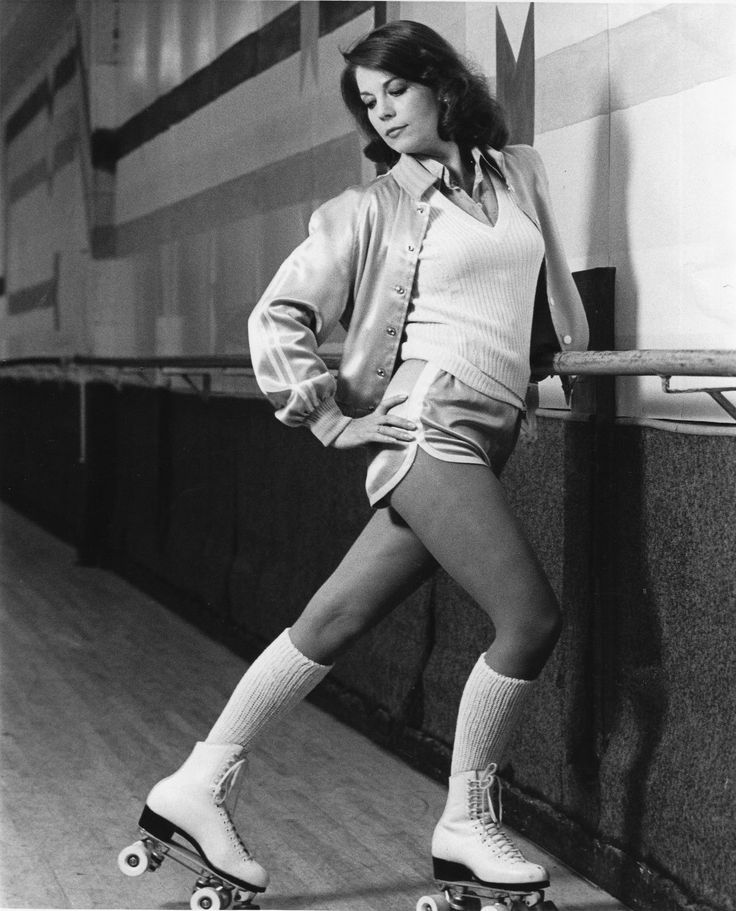
Natalie Wood skating in the 1970s.
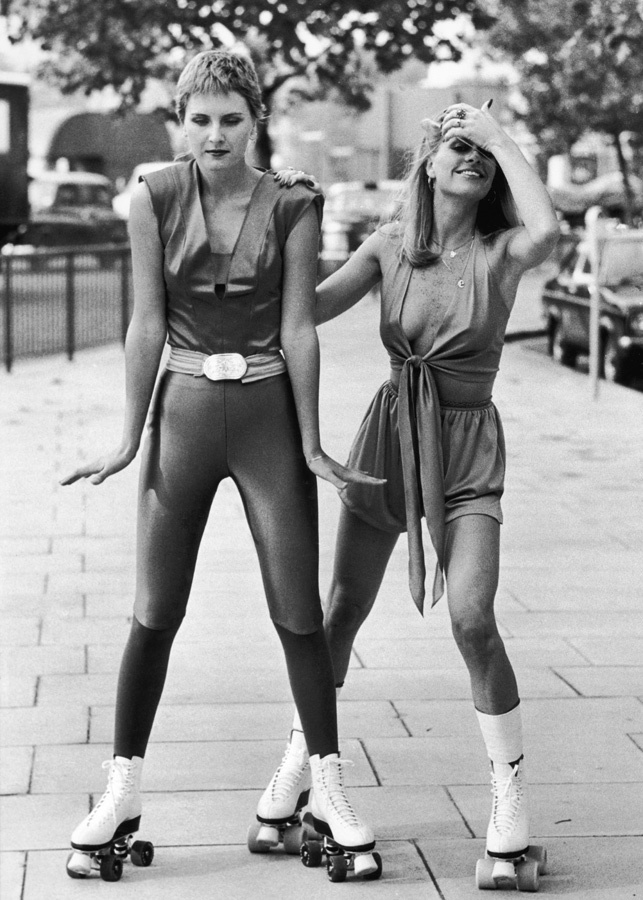
Roller skating, 1970s.
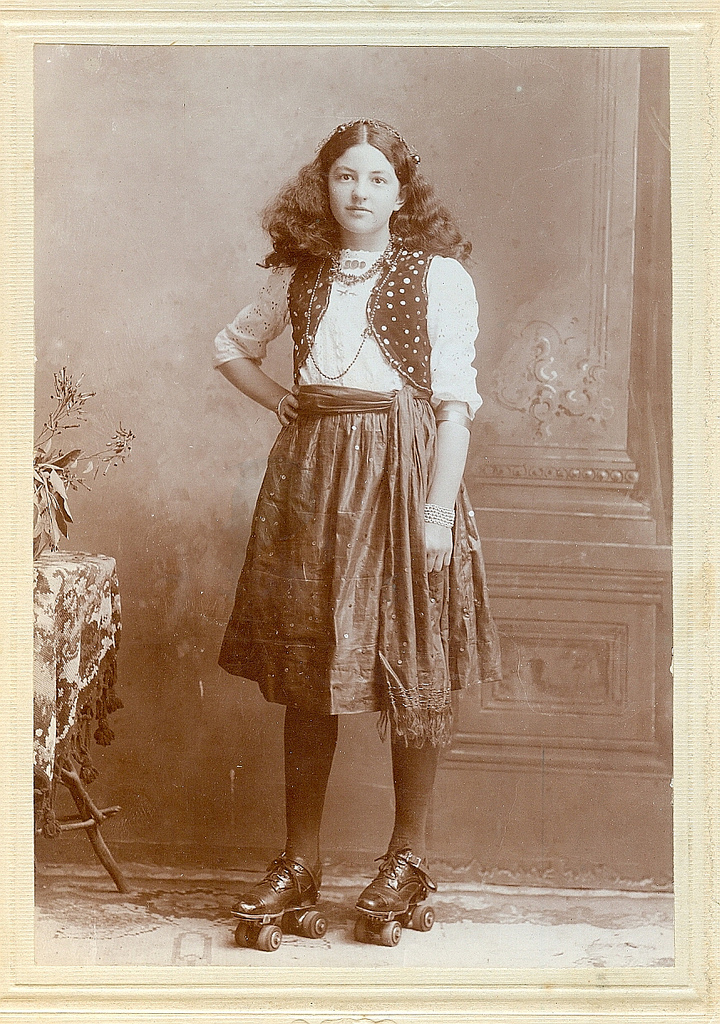
Stylish girl on roller skates, ca. 1900s.
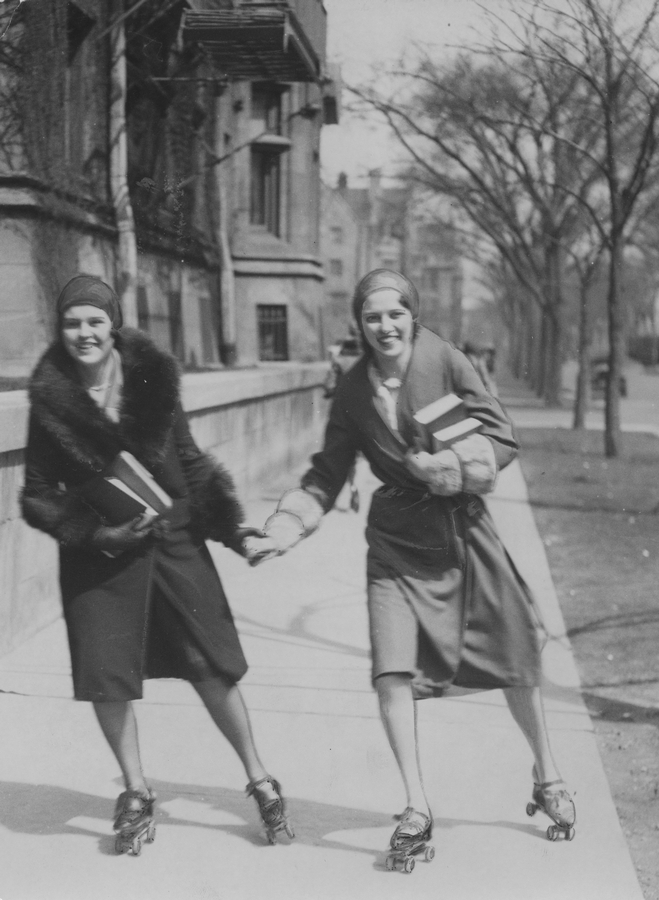
Co-eds at the University of Chicago go to school on skates, 1930.
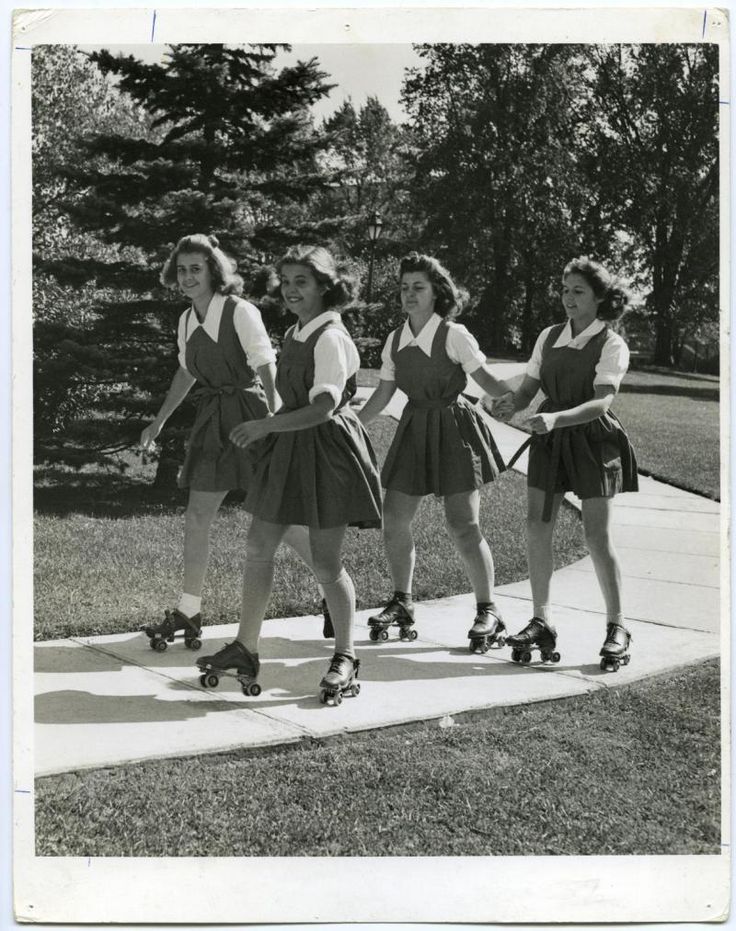
Emma Willard School girls, NY, 1950s.
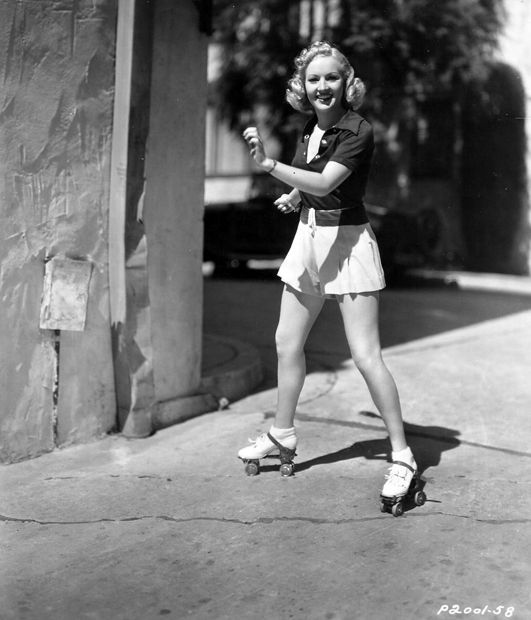
Betty Grable on roller skates, ca. 1937.
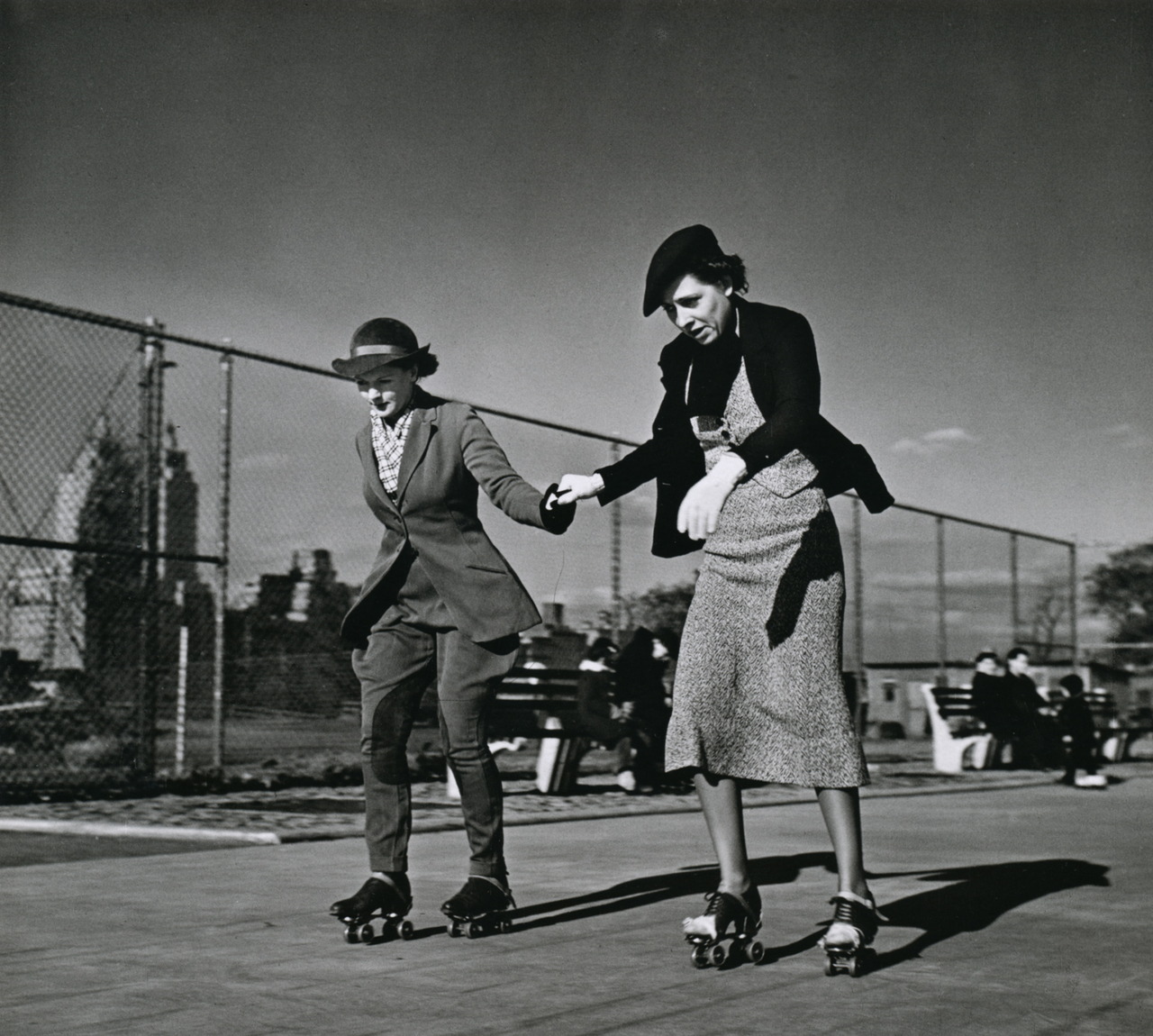
The Lesson, Central Park, New York, 1936.

Roller skating girls having fun, ca. 1940s.
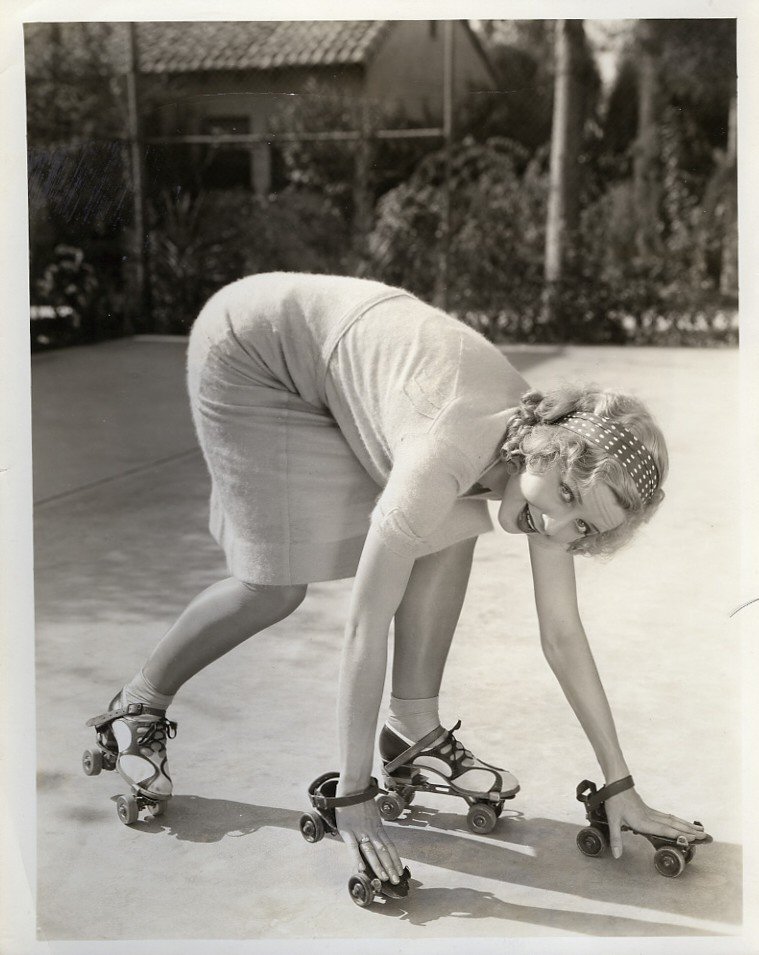
Adrienne Dore.

Debbie Reynolds on skates, ca. 1950s.
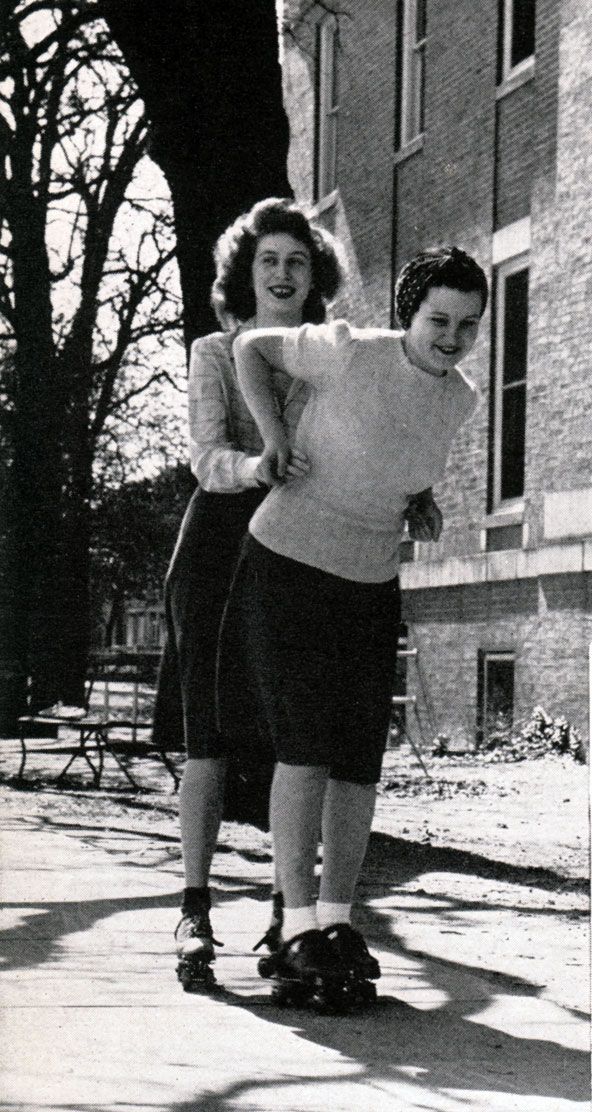
Roller skate friends, 1944.
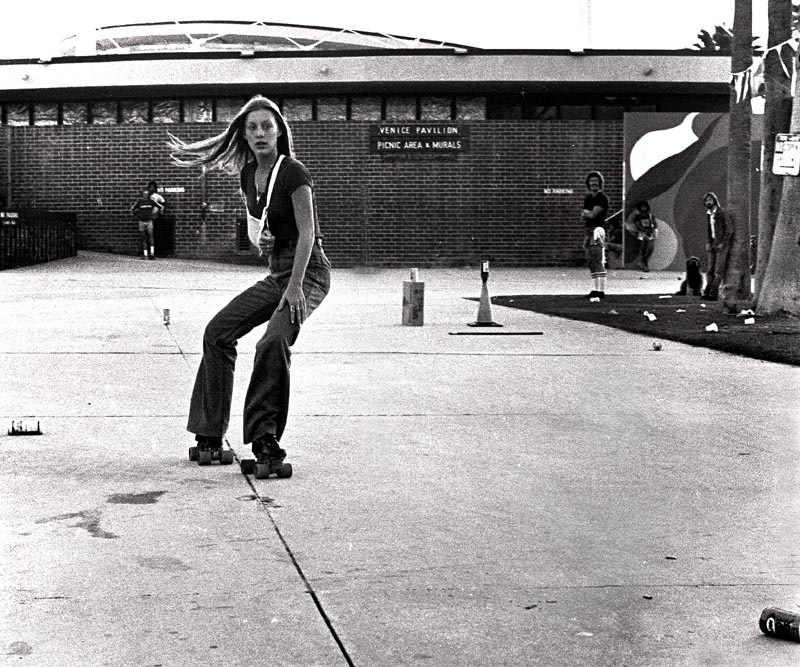
Becky Howe roller skating with a sling at the Venice Pavillion in 1978.
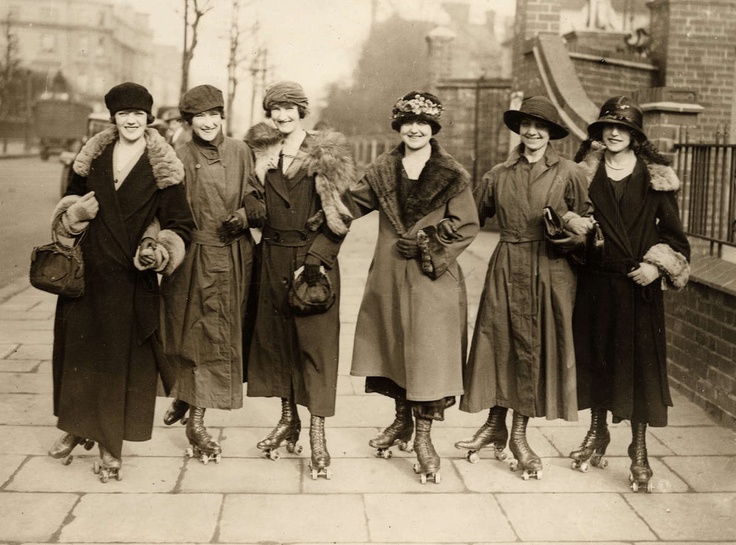
Roller skating friends, England, 1926.
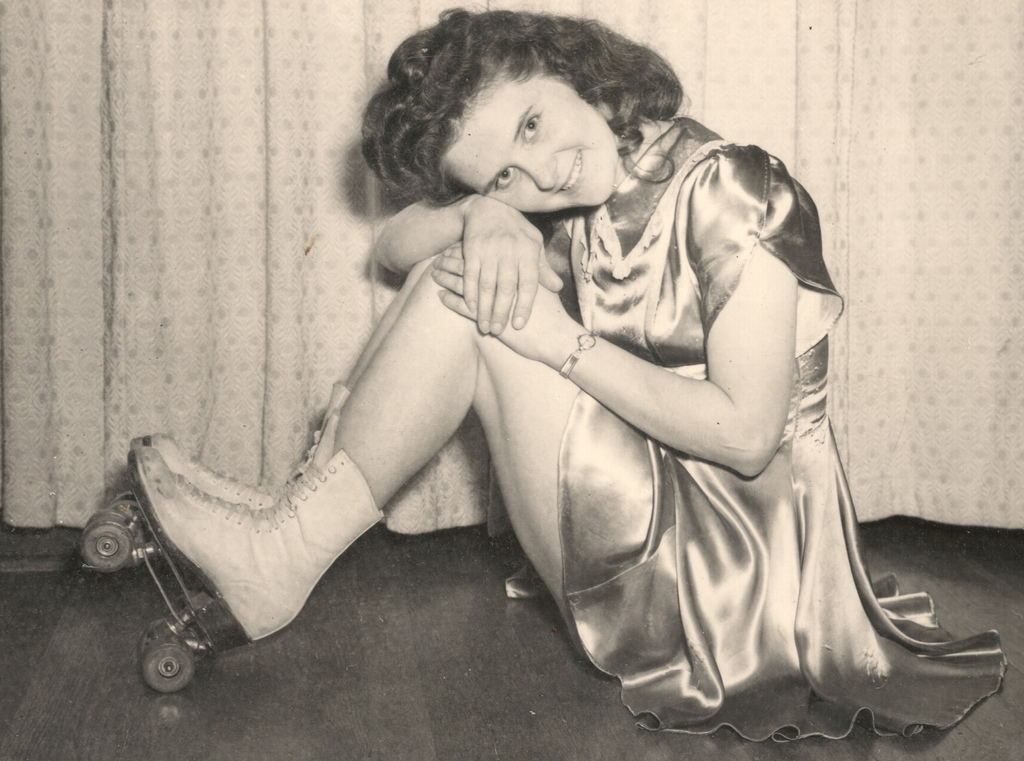
Roller girl, ca. 1930s-1940s.
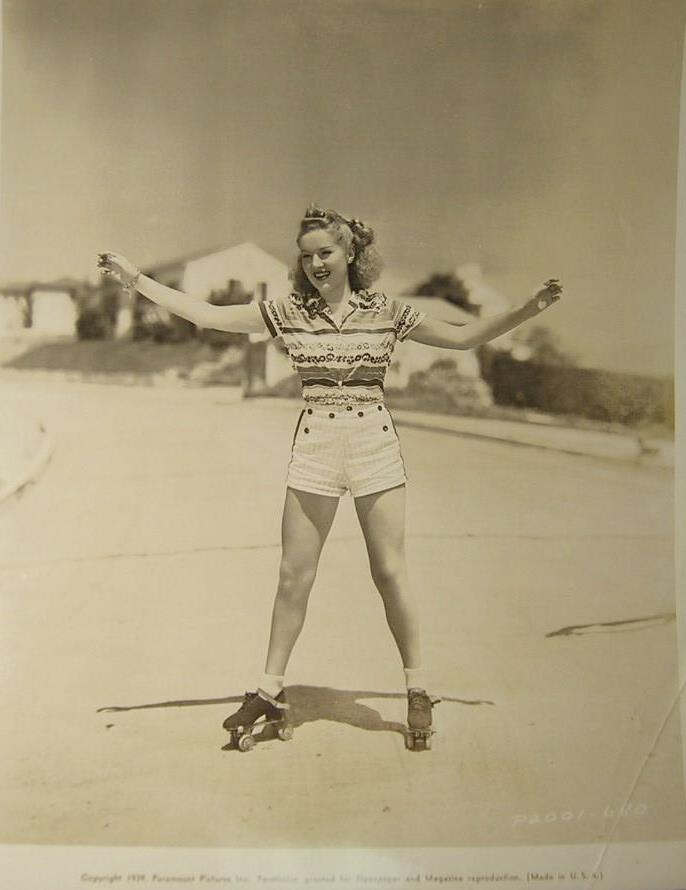
Betty Grable on skates.
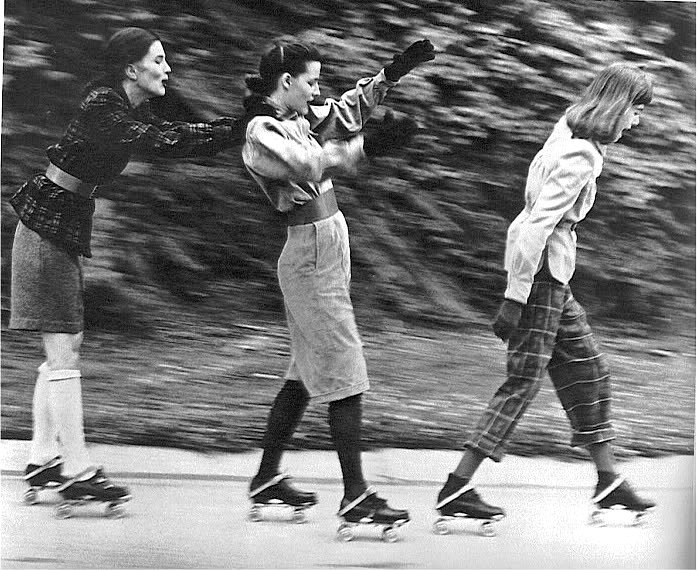
Fashion photo by Herman Landshoff, Junior Bazaar, 1946.
(Photo credit: Pinterest / Flickr / Wikimedia Commons)



